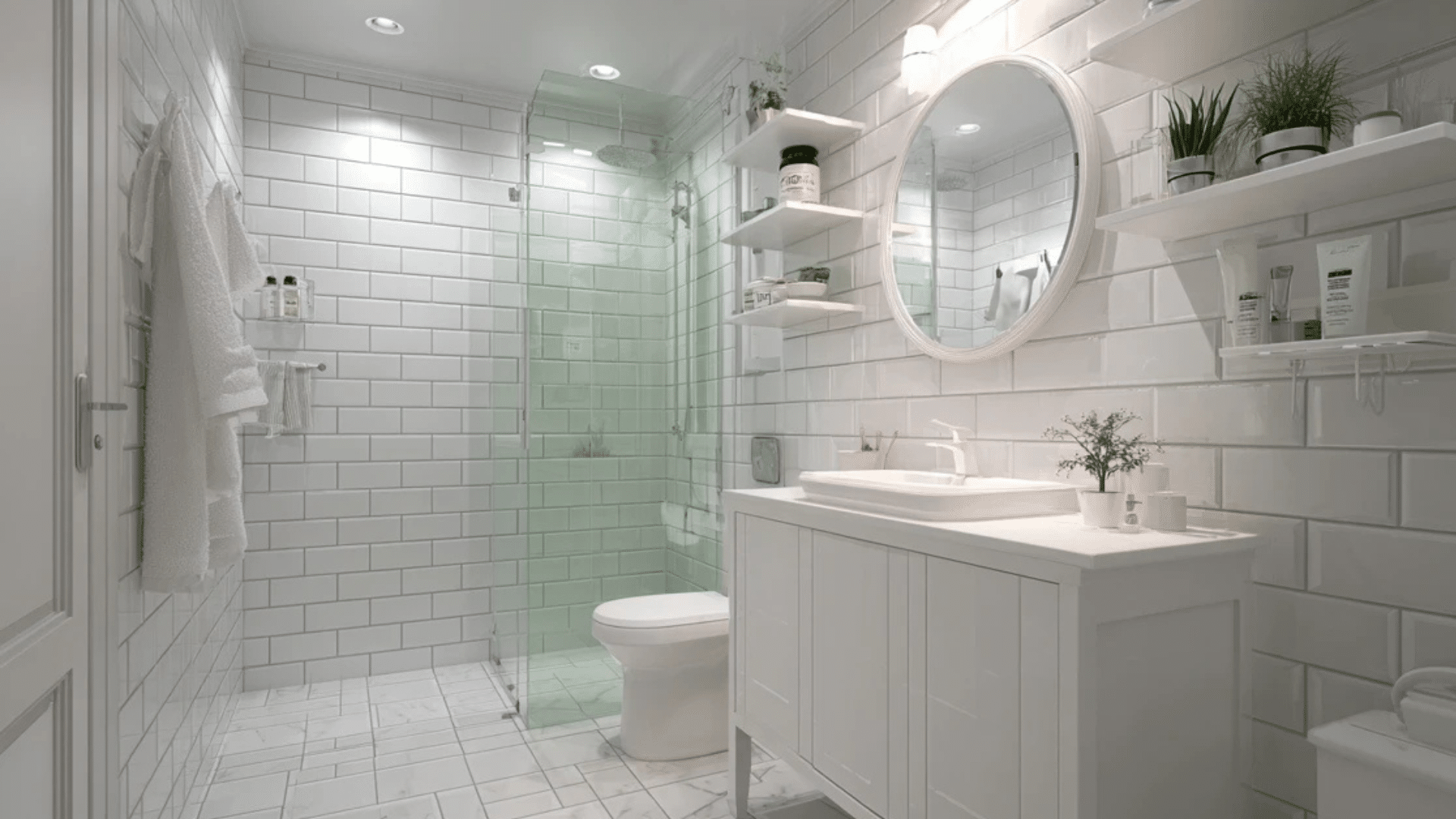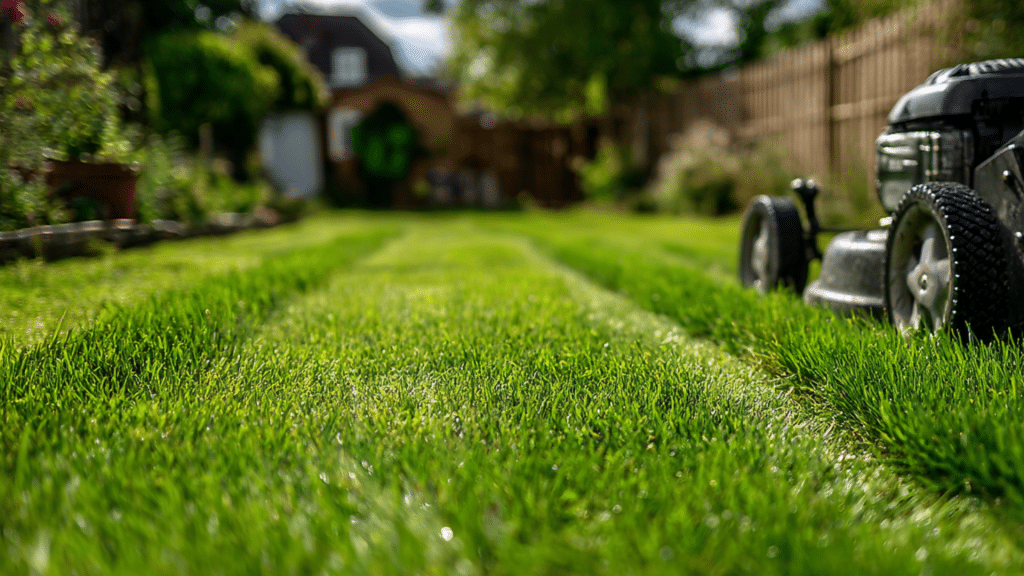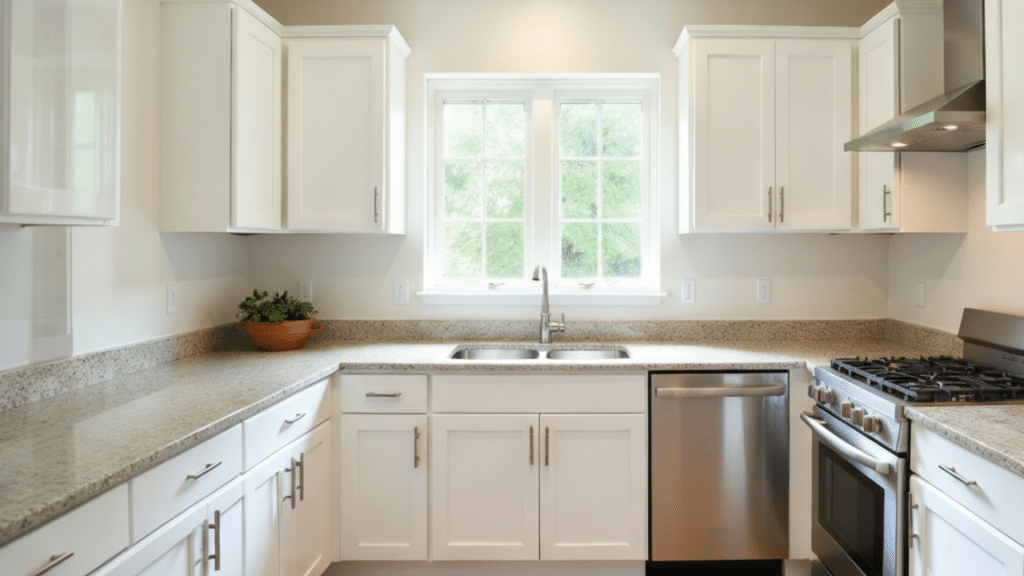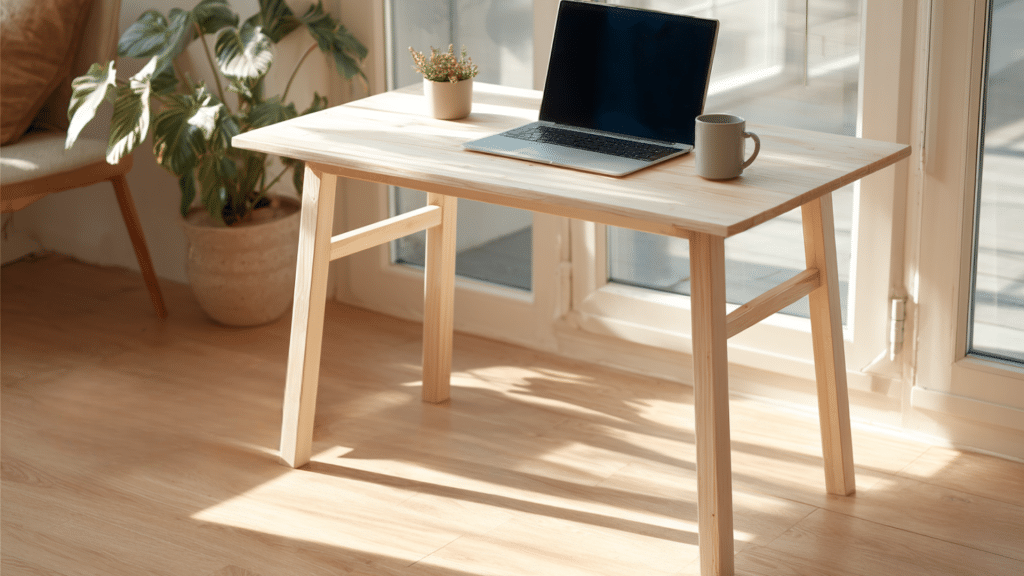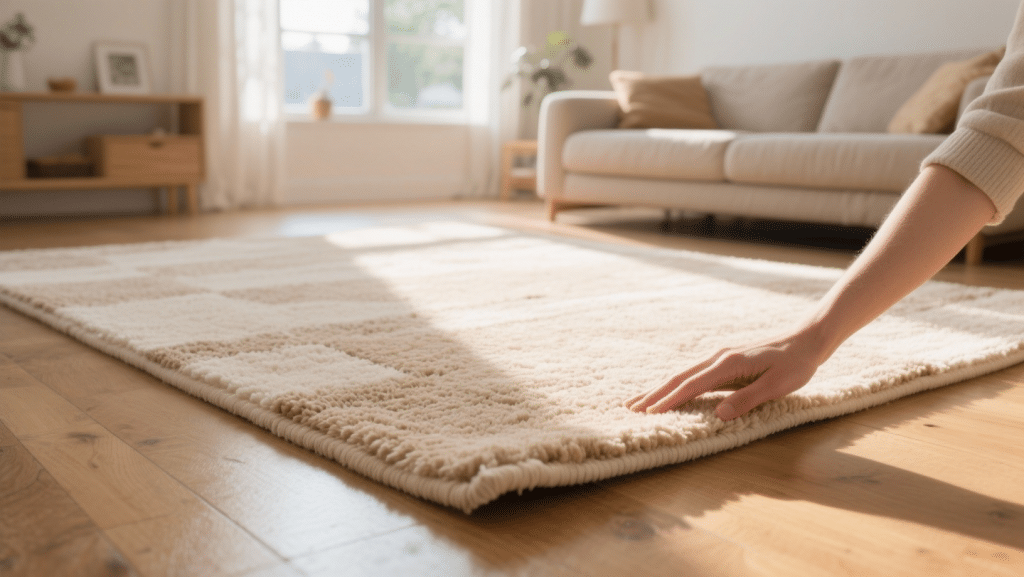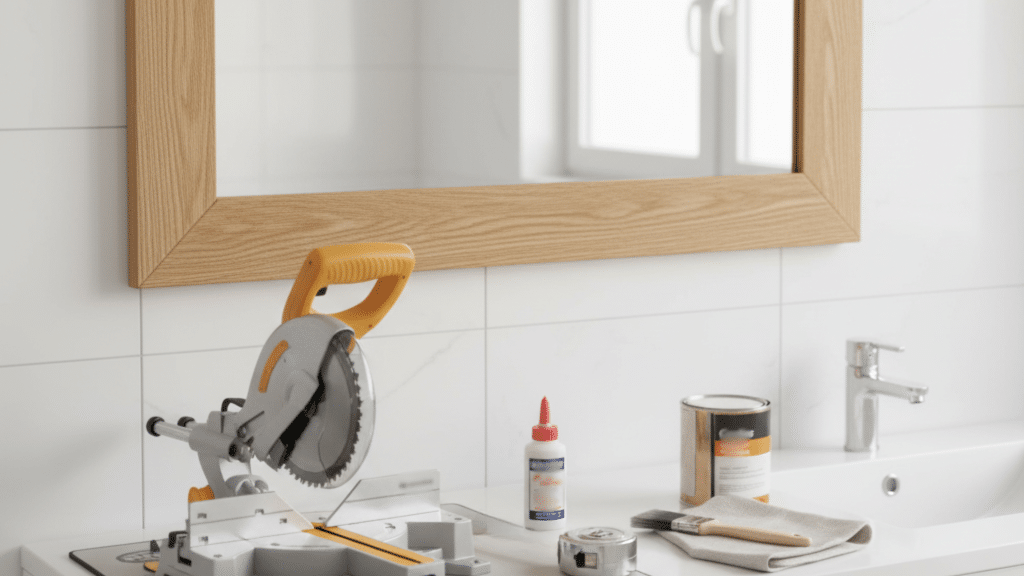How Long Does a Bathroom Remodel Really Take?
Bathroom remodels don’t follow a one-size-fits-all timeline.
The time it takes depends on the size of your project, whether you’re just swapping out a vanity or tearing everything down to the studs.
Homeowners on forums often share very different experiences; some wrap up in just a few weeks, while others endure months of dust and delays.
- Small updates (paint, fixtures, new mirror): usually 1–2 weeks
- Standard remodel (tiles, vanity, toilet, shower upgrades): about 3–6 weeks
- Big projects (changing layout, moving plumbing, luxury finishes): 6–8+ weeks
- Major gut job or high-end design: can stretch to 2–3 months or longer
Step-by-Step Breakdown of a Bathroom Remodel Timeline
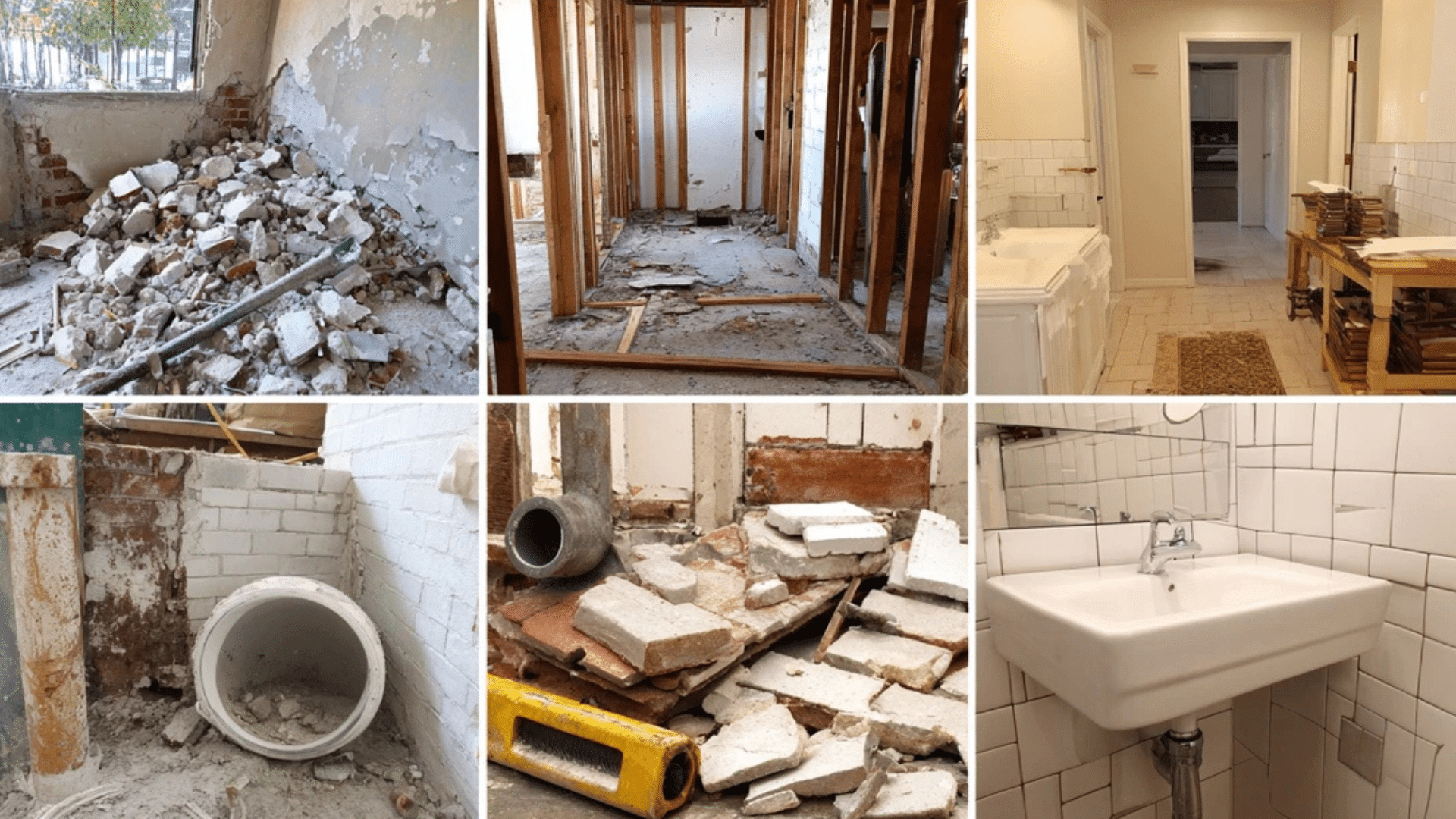
Remodeling a bathroom happens in stages, and each step has its own timeline. Below is a clear breakdown of the main steps most homeowners go through during a remodel:
Step 1: Planning & Design
This is when you choose your style, layout, and fixtures. Simple projects take about 1–2 weeks, while custom plans may need a month.
Homeowners often spend extra time comparing tiles and vanities. Planning early helps avoid costly changes and delays once the remodel starts.
Step 2: Permits & Approvals
Some cities require permits before work begins. These cover plumbing, electrical, or structural changes. Getting approval may take just a few days, but sometimes it drags on for weeks.
Many homeowners in forums say permits caused big delays. Always check local rules before scheduling demolition.
Step 3: Demolition
This step is the tear-out. Old tiles, vanities, tubs, or even walls are removed.
A small bathroom can be cleared in 1–2 days. Larger or older bathrooms may need 3 days. Homeowners say this part is noisy, messy, but exciting; it means progress is finally happening.
Step 4: Plumbing & Electrical Work
Here, plumbers and electricians handle pipes, drains, and wiring. If you’re moving sinks, toilets, or lights, it takes longer. On average, this step lasts 2–5 days.
Problems like old pipes or unsafe wiring can add time. Inspections may also be required before work can continue.
Step 5: Walls, Tiling & Painting
After plumbing and wiring, walls get closed, waterproofed, and finished. Tile work is detailed and can stretch the timeline, especially with patterns.
Painting is quicker. Expect 3–7 days overall. Many homeowners online say tiling took longer than expected, but the results often became their favorite part.
Step 6: Flooring & Fixtures
This is the stage where your bathroom takes shape. Floors are installed, followed by the toilet, vanity, sink, shower, and tub. This step usually takes 2–4 days. If fixtures are custom-ordered or delayed, it can add time.
Homeowners love seeing it come together here.
Step 7: Final Touches & Cleanup
The last stage includes caulking, mirrors, accessories, and paint touch-ups. Contractors also clean up dust and debris.
Sometimes a final inspection happens here. It usually takes 1–2 days. Many homeowners describe this stage as the “big sigh of relief” because the bathroom is finally usable again.
Download our free Bathroom Remodel Checklist to keep your project on track!
How Much Does a Bathroom Remodeling Cost?
Bathroom remodeling costs can vary significantly depending on the size, materials, and design choices.
| Remodel Type | Typical Cost Range | What’s Included | Notes from Homeowners/Experts |
|---|---|---|---|
| Basic Refresh | $5,000 – $8,000 (approx.) | Paint, fixtures, mirror, minor updates | ROI about 50–60%. Often DIY-friendly. |
| Mid-Range Remodel | $12,000 – $25,000 (approx.) | New tiles, vanity, toilet, shower/tub | ROI about 60–74%. Most common choice. |
| Luxury Remodel | $25,000 – $80,000+ (approx.) | Layout changes, custom finishes, spa-like upgrades | ROI about 45–49%. Timelines are often 2–3 months. |
Common Challenges and Delays in Bathroom Remodels
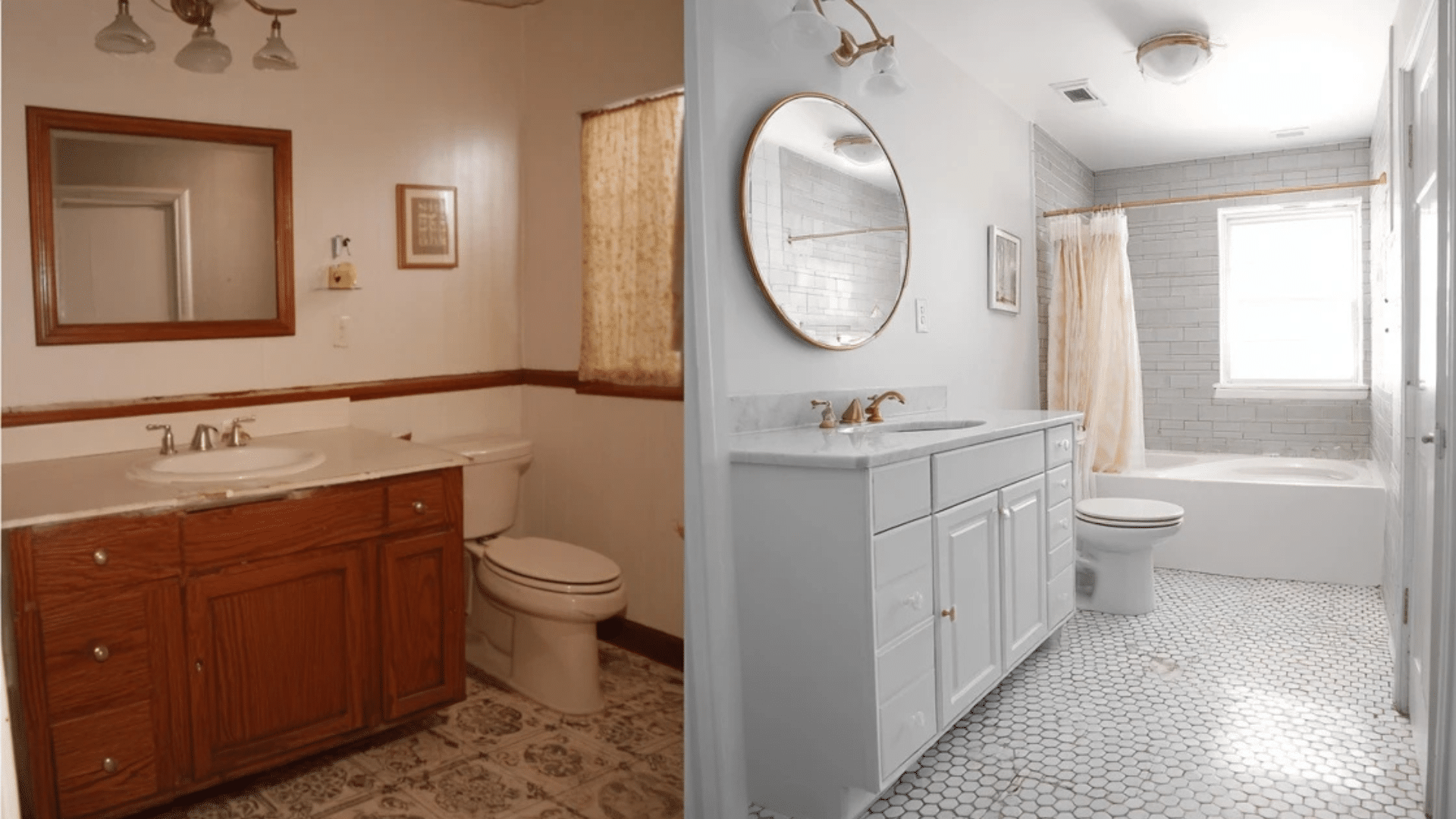
Even with the best planning, bathroom remodels rarely run perfectly on schedule. Below are the most common factors that homeowners and contractors cite as potential causes of delays.
1. Material Delays: Backordered tiles, fixtures, or custom vanities can push timelines back by weeks.
2. Permit & Inspection Slowdowns: City permits and inspections can stretch work by weeks, depending on rules.
3. Hidden Problems: Issues like mold, outdated wiring, or leaky pipes often appear only after demolition.
4. Contractor Scheduling: Busy seasons or overbooked tradespeople may create unexpected pauses in progress.
5. Scope Changes: Changing your mind mid-project on tiles, layouts, or fixtures adds extra time and cost.
6. Budget Surprises: Hidden issues like mold, old plumbing, or wiring problems can add costs and slow the project.
Smart Advice from Homeowners & Experts
Learning from both experts and real homeowners can save time, money, and stress during a remodel. Here are some top tips from experts –
- Order Materials Early: Purchasing fixtures and tiles in advance helps prevent long delays caused by backorders.
- Get Permits in Advance: Securing permits early avoids unexpected waiting periods.
- Set Aside Extra Budget: Hidden issues often cost more, so a 10–20% cushion helps.
- Build in a Time Buffer: Adding extra days helps keep stress low when timelines stretch.
- Communicate Weekly with Contractors: Regular check-ins keep the project on track.
- Avoid Mid-Project Changes: Changing plans during construction almost always adds delays.
- Plan for Daily Living: If you have only one bathroom, consider arranging backup options.
Conclusion
Remember those common delays: material backorders, permit slowdowns, and hidden problems behind walls.
Planning ahead, ordering early, and allowing for buffer time helps keep frustration at bay. Each phase, from demolition through final touches, has its own pace. The wait may feel long, but the result lasts for years.
How long did your bathroom renovation take?

